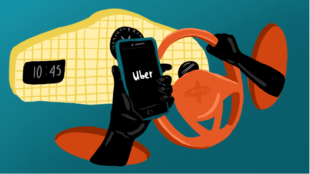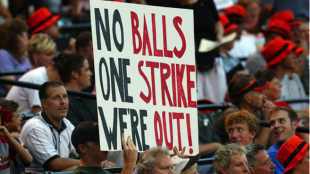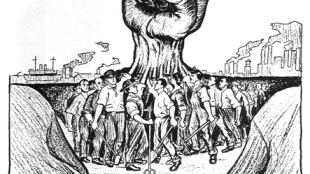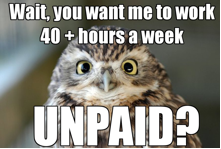It’s 2021; Let’s Talk About Breastfeeding
(Source) It’s no secret that women’s participation in the labor force increased dramatically in the second half of the twentieth century. In the past five years, women have held more than half of all management occupations and earn more than half of all bachelor’s, master’s and doctorate degrees. Perhaps most notably, a record number of women now serve in the 117th Congress—still only about a quarter of all members, but a record nonetheless. So, with women holding fast at about 47% of the labor force in 2020[1] and occupying more positions of power than ever before, why do some women still struggle to breastfeed successfully, especially while working? Let’s start with a quick primer on breastfeeding to get everyone up to speed. Breastfeeding promotes positive outcomes in children and mothers. Breastfed babies are better protected from diarrhea, pneumonia, and certain infections, less likely to develop asthma, at a reduced risk of sudden infant death syndrome (“SIDS”), and less likely to become obese. Mothers who breastfeed also have a decreased risk of breast and ovarian cancers and experience more rapid weight loss after birth. The World Health Organization (“WHO”) and the American Academy of Pediatrics (“AAP”) both recommend exclusive breastfeeding for [read more]






